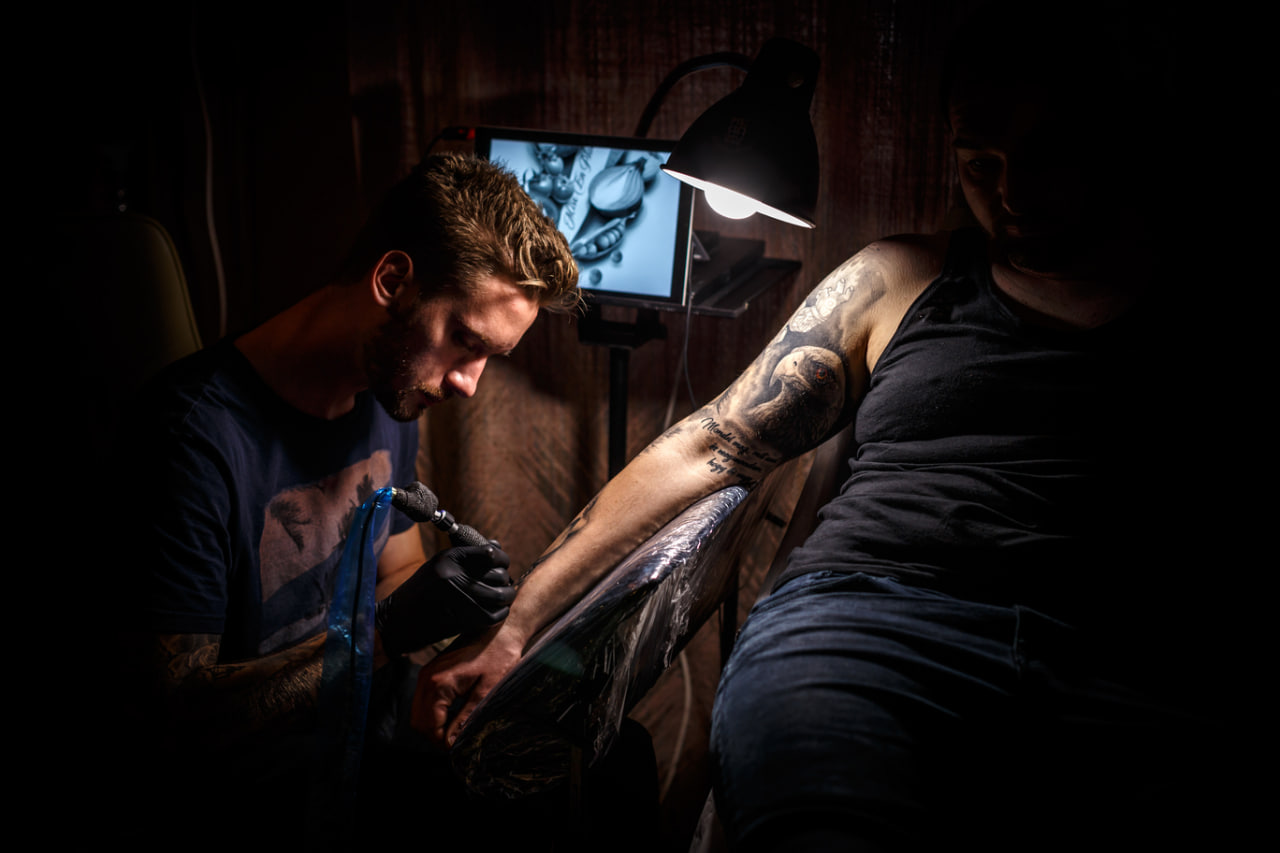Line work and shading are the foundational skills of tattoo artistry, determining the clarity, depth, and overall aesthetic of a design. Mastery of these techniques allows artists to bring their creative visions to life with precision and consistency. Understanding the principles, tools, and methods behind line work and shading is essential for both beginner and professional tattoo artists seeking to elevate their craft.
The Importance of Line Work
Line work is the backbone of every tattoo. Strong, clean lines define shapes, create boundaries, and provide structure for shading and color. Whether outlining a simple symbol or forming the intricate patterns of a detailed piece, line quality directly impacts the tattoo’s visual impact and longevity.
Steady hand control, proper machine settings, and consistent needle depth are critical for precise lines. Artists must develop muscle memory and coordination through practice, ensuring smooth curves, uniform thickness, and accurate angles. Poor line work can distort designs, cause ink blowouts, and compromise the overall appearance of the tattoo.
Tools for Precision
Selecting the right equipment is crucial for effective line work and shading. Tattoo machines, needles, and grips must be chosen based on the style, size, and complexity of the design. Liner needles, typically grouped tightly, are ideal for crisp outlines, while magnum and shader needles are used for filling and blending.
Ink consistency also plays a role. Properly thinned ink flows smoothly, allowing clean lines and smooth gradients. High-quality pigments maintain their vibrancy over time, enhancing the final result. Familiarity with tools and materials allows artists to execute their designs with accuracy and confidence.
Techniques for Effective Line Work
Several techniques contribute to strong line work. Single-pass lines are essential for sharp, continuous outlines, while layering or building lines may be used for bolder effects. Maintaining consistent speed, pressure, and angle is key to preventing wobbly or uneven lines.
Artists also learn to vary line weight to create visual interest and dimension. Thick lines can define major shapes or borders, while thin lines add detail and subtlety. Combining different line weights enhances composition, depth, and the overall dynamic of the piece.
Shading Fundamentals
Shading adds dimension, texture, and realism to tattoos. Proper shading techniques create contrast, highlight form, and convey light and shadow. Artists must understand how to transition smoothly between tones, blend gradients, and use negative space effectively.
Different shading styles exist, including whip shading, circular motion shading, and stippling. Each method produces distinct textures and effects, suited to particular designs and artistic goals. Mastery of shading requires both technical skill and an artistic eye to balance light, shadow, and composition.
Understanding Light and Depth
Successful shading depends on understanding light, depth, and perspective. Identifying the light source and the contours of the subject allows the artist to create a realistic illusion of three-dimensionality. Properly executed shading enhances the design’s visual impact and ensures that it appears balanced from multiple angles on the body.
Gradation of tone, from dark to light, requires control over needle speed, depth, and ink application. Artists must practice consistency to avoid patchiness, over-saturation, or unintended harsh lines that disrupt the flow of the design.
Combining Line Work and Shading
The interplay between line work and shading is essential for cohesive tattoo art. Clean outlines provide structure, while shading adds depth and character. For example, a portrait tattoo relies on precise facial outlines combined with subtle shading to capture realistic contours, expressions, and lighting.
Balancing the two techniques requires planning, attention to detail, and an understanding of the desired final effect. Artists often experiment with different approaches, layering lines and shades to achieve texture, dimension, and style.
Practice and Skill Development
Mastering line work and shading is an ongoing process. Artists develop proficiency through consistent practice on both synthetic skins and real clients, under guidance from experienced mentors. Exercises focusing on control, precision, and fluidity help strengthen hand-eye coordination and muscle memory.
Critique and observation are also critical. Reviewing work for inconsistencies, studying professional portfolios, and understanding common mistakes help artists refine their techniques. Patience, persistence, and a willingness to learn from experience are vital for continuous improvement.
Creative Application
Beyond technical mastery, line work and shading are tools for artistic expression. The way lines are drawn and shades applied can evoke emotion, highlight movement, and emphasize particular elements of a design. Experimentation with styles, from bold traditional to delicate realism, allows artists to develop a unique signature and expand their creative range.
Mastery of these techniques ultimately empowers tattoo artists to translate ideas into skin art with precision, clarity, and artistry. By combining technical skill, creativity, and attention to detail, artists can elevate their work, delivering tattoos that are both visually compelling and enduring.

